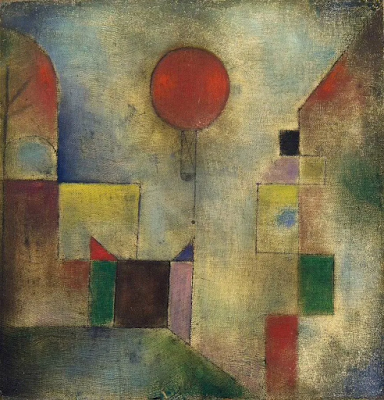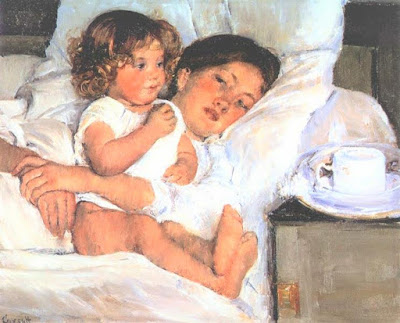Georgia O'Keeffe, Pineapple Bud

Georgia O'Keeffe (1887-1986) was already a famous woman artist in 1939 when the Dole Company sent her to Hawaii. Pineapple Bud is the result of that trip, an interesting story and painting by a complex and interesting woman. Much has been written by feminist wanting to identify O'Keeffe and her work with their movement, but she consistently declared there was no underlining meaning, and she wanted to be remember simply as an artist. By 1939 she had struggled enough to find herself, define her life and establish her work. O'Keeffe explored abstraction, and was strongly influenced by precisionism, an American movement centered primarily in photography (Ansel Adams, for example). However O'Keeffe's style was always her own, unique and powerful. This painting is a perfect example. It is typical of her famous flower paintings because of the unusual focus. It is almost symmetrical, as the bud is almost center with the leaves radiating from it. The co



